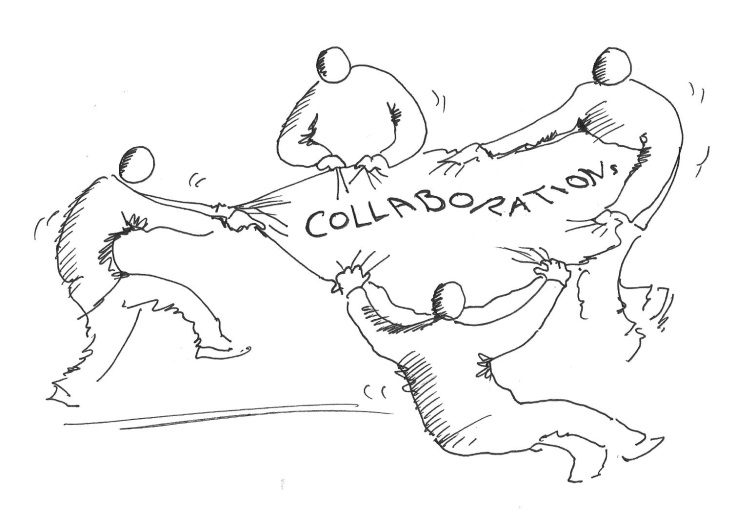By Rick James.
Consortia, networks and coalitions are all the rage nowadays. The good news is that we are finally realising we cannot do development on our own; we have to actively work with other stakeholders. The bad news is that we often mistakenly see consortia as a way of saving time and money, so we get disappointed when we realise the degree of investment required.
Consortia are not an easy option. They are not a quick fix. They rarely save money. Funders need to be highly aware of the inherent costs involved. They should be wary of inflicting consortia models onto others.
Over the last 15 years I have evaluated a number of consortia. This month I shared the learning from three consultancy firms delivering leadership development in Ethiopia. There are interesting similarities and contrasts with a previous experience of four foundations working together in Africa. So what makes consortia work? I believe the way in which the members respond to these five questions is highly influential.
 How different can we be?
How different can we be?- How will we deal with the money?
- What drives us – reward or risk?
- How involved is the top leadership?
- How much self-interest can we relinquish?
How different can we be?
Difference can be healthy and creative. Or it can be delaying and destructive. Before forming or joining a consortium it is worth looking beyond the obvious. In the foundation consortium, members were superficially quite similar. But when they started working together, they realised that they were “radically different organisations with radically different methods and approaches”. In contrast, the consultancy firm consortium initially looked too diverse. But once they started working together they realised that they had a similar approach and surprisingly similar values. Shared aspirations are not enough. Spending time beforehand finding out what potential partners are really like is therefore essential. Observing each other’s internal meetings can be quite insightful.
How will we deal with the money?
There is a lot to be said for pooling financial resources. It helps save administration costs and create economies of scale. But pooling funding is the most complex and intensive type of collaboration for funders. It increases the degree of difficulty. One of the key factors in the success of the consultancy firm consortium was that instead of accepting routing all the funding through a lead agency, they opted for three bi-lateral contracts. While adding a bit more administrative effort to the funder, it kept the consortium simple and focused on delivery- not on endless negotiations about finances. Collaboration brings its own complexities. Keep the task as simple as possible.
What is the driver – risks or reward?
Obviously any collaboration involves both risk and reward. In the foundation example, however, it seemed that, as time went on, managing reputational risk became the key driver. As one member said “We had invested too much to allow it to fail.” In contrast, the consultancy consortium had a clear financial incentive to succeed. Members were highly aware that: “Unless we work well together and deliver successfully in this pilot there will be no funding for a next phase”. They had to just get on with it quickly if they wanted the work to develop.
How involved is our top leadership?
Being part of a consortium is not ‘normal’ practice. Organisations are established to work independently. Joining a consortium has huge strategic implications and therefore can only be effective if those involved have the authority to take strategic decisions. In both of these examples, the leaders of each organisation were highly involved which was vital. Many were active members of the steering committees. In the cases where they delegated authority to senior staff, they retained close engagement with the issues.
How much self-interest can we relinquish?
Ultimately a consortium is a separate entity. It has an existence outside of the systems of each member. It therefore requires time to create this new identity and develop the necessary systems and ways of working. A separate identity means that each member has to relinquish the normal controls that they can wield in their own organisations. They have to be prepared to let go of some of their organisational interests. As one respondent said, working in a consortium is: “a constant fight to keep individual perspectives and organisational imperatives at bay”. It is an on-going challenge.
Conclusions
Consortia need to be well-managed, with clear roles, structures and systems in place. This does not happen naturally with autonomous organisations. It takes time and hard work. Furthermore, it requires sacrifice. Members have to identify and then subjugate their own self-interest. They have to be prepared to make compromises and put other’s interests first. This is no easy thing. But it is a vital lesson for life and for truly sustainable development.
_______________________________________________
Illustration by © Bill Crooks 2013 www.mosaiccreative.co.uk